The Synthesizability of Texture Examples
Dengxin Dai, Hayko Riemenschneider, and Luc Van Gool
A short summarization video.
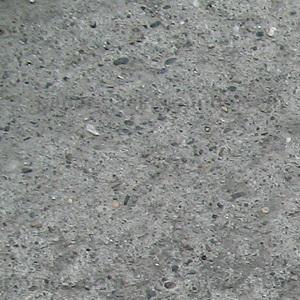
0.84
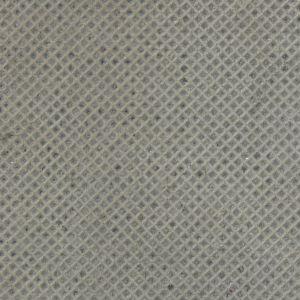
0.80
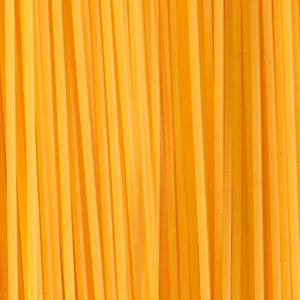
0.72
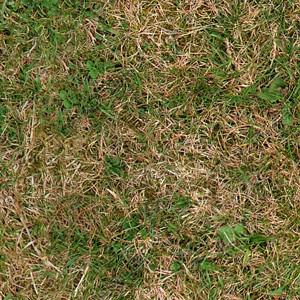
0.57
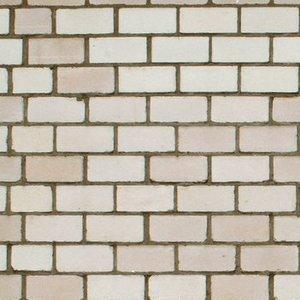
0.54
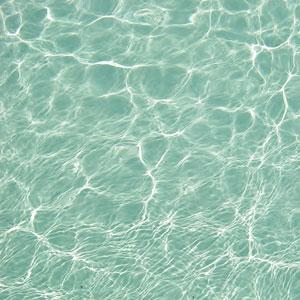
0.51
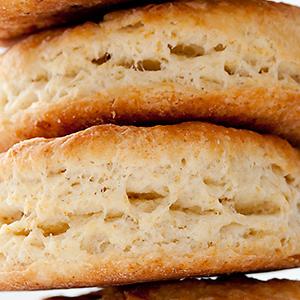
0.41

0.35
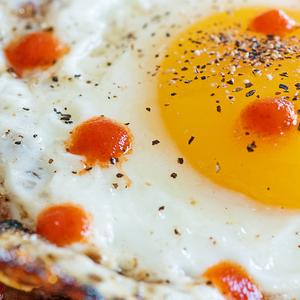
0.32
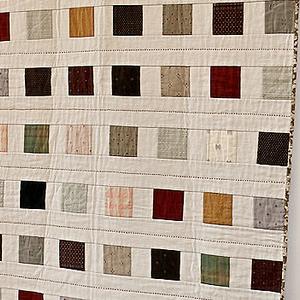
0.28
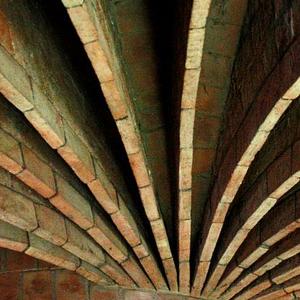
0.18
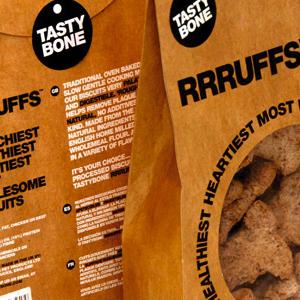
0.14
Figure 1. Synthesizability (in [0, 1]) of texture examples detected by our method.
Abstract
Example-based texture synthesis (ETS) has been widely used to generate high quality textures of desired sizes from a small example. However, not all textures are equally well reproducible that way. We predict how synthesizable a particular texture is by ETS. We introduce a dataset (21, 302 textures) of which all images have been annotated in terms of their synthesizability. We design a set of texture features, such as ‘textureness’, homogeneity, repetitiveness, and irregularity, and train a predictor using these features on the data collection. This work is the first attempt to quantify this image property, and we find that texture synthesizability can be learned and predicted. We use this insight to trim images to parts that are more synthesizable. Also we suggest which texture synthesis method is best suited to synthesise a given texture. Our approach can be seen as ‘winner-uses-all’: picking one method among several alternatives, ending up with an overall superior ETS method. Such strategy could also be considered for other vision tasks: rather than building an even stronger method, choose from existing methods based on some simple preprocessing.
Dataset
We build up a new texture dataset ETHZ Synthesizability, which contains 21,302 texture samples, and their synthesized results by four standard methods. All textures of the dataset are annotated according to their synthesizability: good, acceptable, and bad. The best synthesis method for each texture sample is also recorded. See Fig.2 for examples of such annotation.

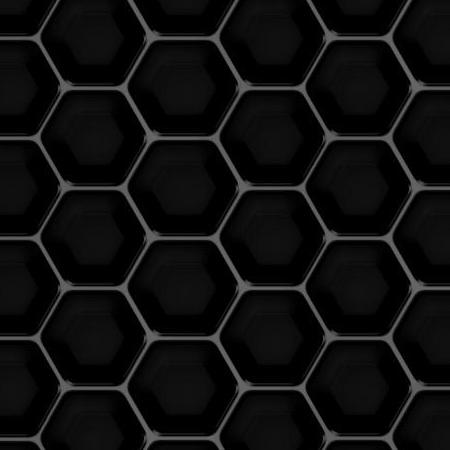
[Good, Quilting]
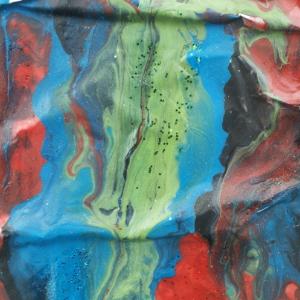
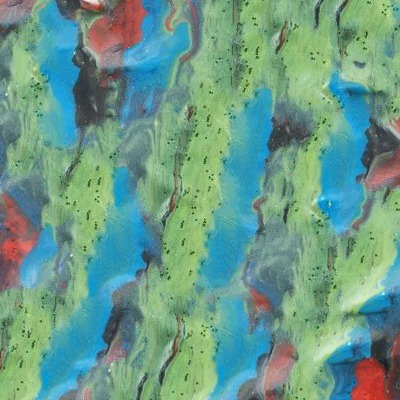
[Acceptable, MMRF]
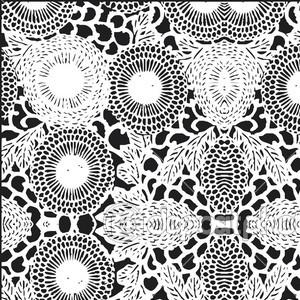
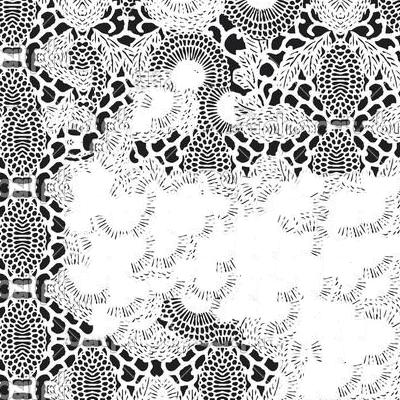
[Bad, NULL]
Figure 2. Three texture examples from our dataset with their annotations of synthesizability. Left: texture exemplars; right: synthesized textures.
Features
We defined four texture features: Textureness , Homogeneity , Repetitiveness and Irregularity. See our paper for their definitions and corresponding methods. Below comes some examples.

8.82

3.84

3.73

3.12

1.80

1.63
Figure 3. Homogeneity of texture examples.

76.4
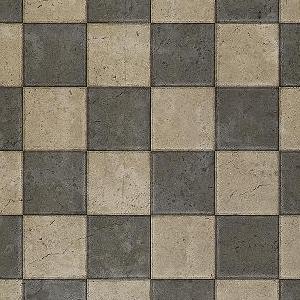
70.5
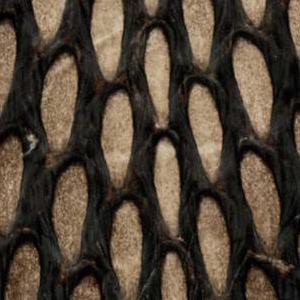
66.5
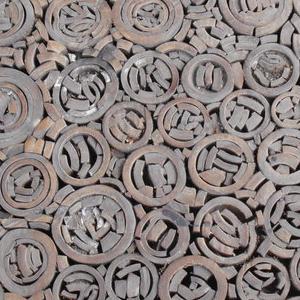
49.7
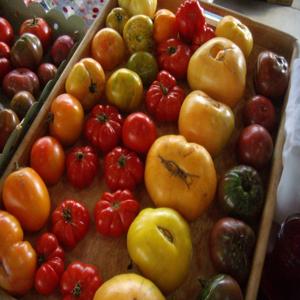
39.4
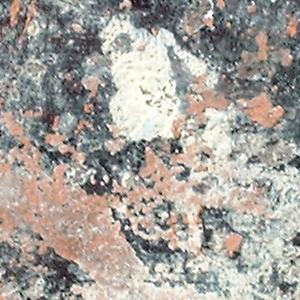
32.4
Figure 4. Repetitiveness of texture examples.

0.22

0.14

0.12

0.10

0.08
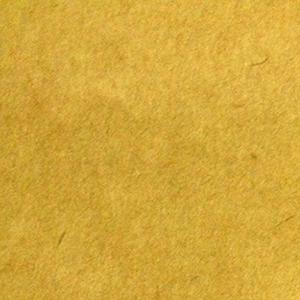
0.05
Figure 5. Irregularity of texture examples.
Results
Synthesizability can be predicted with high precision (Table.1) and the prediction is largely consistent with human perception (Fig.6).

Table.1 The average precision of of synthesizability prediction with individual features and combinations, when recall is set to 1.

0.83

0.63

0.54

0.27

0.12

0.74

0.68

0.49

0.23

0.19
Figure 6. Synthesizability scores of texture examples and the `best' synthesized textures by texture synthesis methods. Top: exemplar; bottom: synthesized.

RS:0.50 IS:0.19

RS:0.40 IS:0.22

RS:0.53 IS:0.40

RS:0.51 IS:0.23
Figure 7. The most synthesizable region as detected. The synthesizability of the whole images (IS) vs. the selected region (RS) are given.
The Code and Data (textures + synthesized results + synthesizability annotations + computed features) are made available to use for research purposes. Please cite our paper if you end up using the code or data.
Dengxin Dai, Hayko Riemenschneider, and Luc Van Gool.. The Synthesizability of Texture Examples. In CVPR 2014.
The following lists the changes made to the code after the first release.
- Oct. 06, 2014: small changes to homogeneity_img.m and repetitiveness_img.m to avoid returning INF (division by zero).
- Oct. 06, 2014: A small change to synthesizability_img.m. Test images are resized to the same size as training images [300x300] before computing synthesizability, as images should be analyzed roughly at the same level of scale.
- Oct. 06, 2014: gco-v3.0 library has been updated, so the code runs smoothly with matlab 2014 now.
Texture Datasets and Material Datasets
- ETHZ Synthesizability Dataset: 21302 textures of 300x300 pixels, downloaded with 60 keywords, annotated in terms of synthesizability (how well they can be synthesized by texture synthesis methods).
- Texture Representations: Texture Representations for Image and Video Synthesis .
- Describable Texture Dataset: 5640 images, 47 categories (describable attributes).
- UBO2014 Datasets: 7 semantic categories, 12 material instances per category, measured using bi-directional sampling of 151 viewing directions and 151 lighting directions.
- KTH Texture Dataset : Textures under varying Illumination, Pose and Scale.
- CUReT Texture Dataset : 60 Textures with 200 viewing and illustration conditions.
- UIUC Texture Dataset : 25 categories with 40 textures per class.
- Outex Texture Dataset : 320 surface texture classes, 27054 images in total.
- UMD Texture Dataset : Viewpoint invariant textures.
- UCLA Dyntex Dataset : A benchmark for dynamic texture recognition.
- Kylberg Texture Dataset : 28 texture classes.
- TILDA Textile Texture Database : A total of 8 representative textile kinds, 3200 images in total .
- Volumetric Surface Texture Database : textures observed for varying view and illumination directions .
- USPTex Dataset : 2292 samples of 191 texture classes (12 samples per class).
- Dynamic Texture Database : a diverse collection of high-quality dynamic texture videos.
- Brodatz Texture Dataset : 112 texture images for synthesis and recognition.
- PSU Near-Regular Texture Database : A collection of Near-Regular Textures.
- Texture library : Color textures by class.
- The Prague Texture Segmentation Dataset : A texture segmentation benchmark
- Flickr Material Database (FMD) : 10 material categories, 100 images per category.
- OpenSurfaces Material Dataset : a large database of annotated surfaces created from real-world consumer photographs.
- The Soil Texture Dataset : a collection of soil textures.
- SOIL COLLECTIONS Data Sets : 19 SOIL COLLECTIONS data sets are available on-line for free.
This page has been edited by Dengxin Dai. All rights reserved.